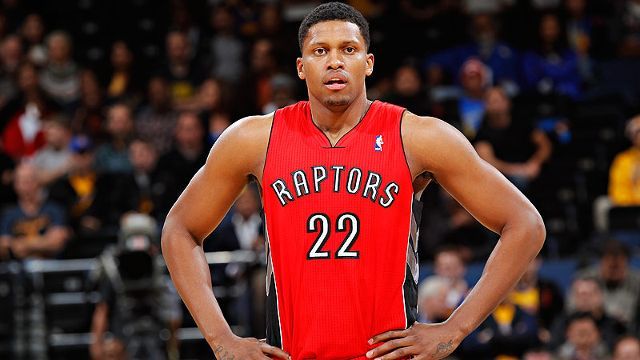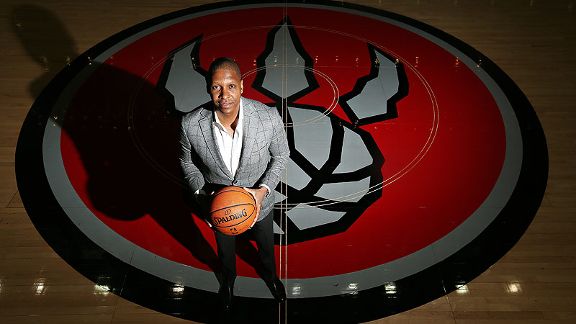quik1987
Banned
- 7,735
- 434
- Joined
- Apr 21, 2001
48 Million


Follow along with the video below to see how to install our site as a web app on your home screen.

Note: this_feature_currently_requires_accessing_site_using_safari

I hate Kobe so dam much. But he will make all of us haters quiet this season. He winning a chip. But he will be amazing again
Not true. He modeled his game after the bestExactly, afflalo doesn't even have offensive gane

Afflalo wanted to learn ways to create more space against one-on-one defenders, so he started studying two of the best pure scorers in NBA history in Jordan and Bryant.
“I watched a lot of film on (Bryant), and I always have since I was growing up in L.A.,’’ Afflalo said. “And everybody wants to be Michael Jordan when they are little, so I’ve watched a lot of Michael Jordan and Kobe Bryant. They’re the two best in my era. So this summer I watched a lot of their isolation moves and footwork to see how to frame myself up better for shots.’’
He winning a chip. But he will be amazing again
I hate Kobe so dam much. But he will make all of us haters quiet this season. He winning a chip. But he will be amazing again
Haters at full force already... forgot what NT looks like when Kobe had a bad game..
@ Rocket fans hyping up Harden. " did a very good job guarding..." LOL
Exactly, afflalo doesn't even have offensive gane
So u guys are impressed with harden locking down afflalo?

O hush, lolsee now bad enough i gotta see and hear about this ghoulish broad in the movie thread now you bringing this monster in here? :x
go on and bring old rat face anna kendricks in here while your at it
sensitive Kobe fans. I was just kidding.. Of course Kobe>Harden

Philly is the frontrunner… Perhaps Hawes/Thad Young for Asik/DmoSo who is the next player to get traded? Maybe Asik? Does Moorey actually believe they can get two first round picks this year for Asik?



[QUOTE url="[URL]http://niketalk.com/content/type/61/id/684639/[/URL]"]
View media item 684639
Monta Ellis' game winner against the Portland Trail Blazers. animated moving .gif have it all #NBAballot